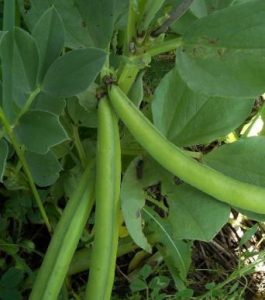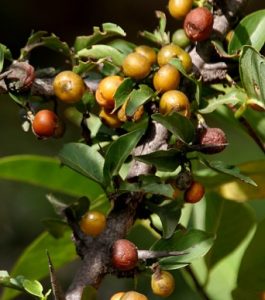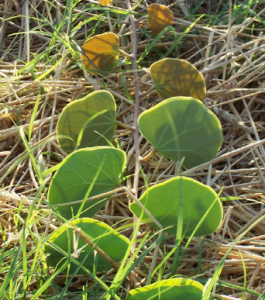 Common Name: Favabean
Common Name: Favabean
Description
Vicia faba, also known as the broad bean, fava bean, faba bean, field bean, bell bean, English bean, horse bean, Windsor bean, pigeon bean and tic(k) bean, is a species of flowering plant in the vetch and pea family Fabaceae. The origin of this legume is obscure, but it had been cultivated in the Middle East for 8,000 years before it spread to Western Europe. Fava or Broad beans have been found in the earliest human settlements. Remains are reported to have been found in Egyptian tombs.[citation needed] They probably originated in the Near East during the Neolithic Age and by the Bronze Age had spread to Northern Italy. They have been found in lakeside settlements in Switzerland and in Britain at Glastonbury. In Egypt, the beans were considered commoner food and were shunned by the upper classes. Fava beans were cultivated by the Egyptians, Greeks and Romans. In ancient Rome, they were used in funeral rites. Pythagoras forbade the eating of fava beans because they contained the souls of the dead. This once forbidden . . . . .Read more
References
Switchboard
Wikipedia
Month: March 2013
Vangueria infausta
 Common Name: African Medlars
Common Name: African Medlars
Description
Vangueria infausta is a deciduous tree 3-8 m in height with a short trunk and hanging branchlets. Bark pale grey-brown, peeling in untidy flakes; branches usually opposite with reddish tomentose young branchlets.
Leaves dull green, opposite, rusty tomentose, medium to large, 5-24 x 3.8-15 cm, shape varying from ovate or obovate to lanceolate or rounded; net-veining, conspicuous below. Leaf apices either obtuse or sub-acuminate; base tapering; margin entire; petiole 3-10 mm long. Leaf stalks short, 5-10 mm long; stipules long, between young leaves. . . . .Read more
References
ICRAF Switchboard
Wikipedia
Vangueria madagascariensis
 Common Name: African Medlars
Common Name: African Medlars
Description
Vangueria madagascariensis is a profusely branched shrub or small tree, 2-15 m tall, with smooth grey bark and a whitish or cream slash.
Leaves opposite, elliptic-ovate or rotundate, dark green above, paler beneath, glabrous or, rarely, slightly pubescent, with acuminate or, rarely. . . .Read more
References
ICRAF Switchboard
Wikipedia
Tylosema esculentum
 Common Name: Marama bean
Common Name: Marama bean
Description
Tylosema esculentum, with common names gemsbok bean and marama bean, is a long-lived perennial legume native to arid areas of southern Africa. Stems grow at least 3 metres, in a prostrate or trailing form, with forked tendrils that facilitate climbing. A raceme up to 25 millimetres (1 in) long, containing many yellow-orange flowers, ultimately produces an ovate to circular pod, with large brownish-black seeds. . . . .Read more
References
Switchboard
Wikipedia